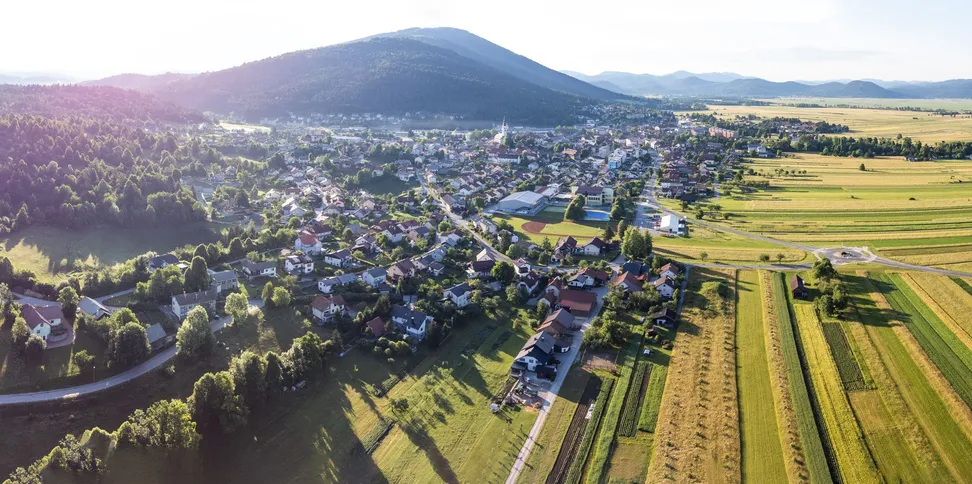The park area is part of the European ecological network Natura 2000, designed to preserve European endangered species and habitats. In the Municipality of Cerknica Natura 2000 covers 9,813 hectares (a little over 40% of the municipality's area). The park area encompasses 9 Natura 2000 sites. Within the park boundaries lie two Natura 2000 sites entirely, designated under the Habitats Directive, and one site designated under the Birds Directive. Larger areas, such as Krimsko hribovje – Menišija, Javorniki – Snežnik and Kočevsko, due to the way they were defined extend into the park only partially.
Under the Birds Directive, three Natura 2000 areas are defined: Lake Cerknica, Planina plain, where we primarily protect wetlands bird species, such as corncrake (Crex crex), barred warbler (Sylvia nisoria), great bittern (Botaurus stellaris), ferruginous duck (Aythya nyroca), and the Snežnik – Pivka area, intended mainly for the protection of forest bird species: white-backed woodpecker (Dendrocopos leucotos), Eurasian three-toed woodpecker (Picoides tridactylus), black woodpecker (Dryocopus martius), grey-headed woodpecker (Picus canus), Ural owl (Strix uralensis), Eurasian eagle-owl (Bubo bubo) and others.
Under the Habitats Directive, six areas have been defined. In the Notranjska triangle area, which stretches from Križna Cave through Cerknica plain and Javorniki and Rakov Škocjan to Planina plain, we protect grassland, wetland, subterranean habitat types and forest and the species associated with them, such as large carnivores, bats, proteus and amphibians. In the Javorniki – Snežnik area we mainly protect Illyrian beech forests, large carnivores, bats, Italian crested newt (Triturus carnifex) and beech cerambycid beetle (Morimus funereus). Kozje stene near Slivnica and Bezuljak are smaller areas that lie entirely within the park. Kozje stene are defined for the protection of carbonate rocky areas with vegetation in rock crevices with the endemic Carniolan primrose (Primula carniolica), Bezuljak for the protection of the lesser horseshoe bat (Rhinolophus hipposideros). The Krimsko hribovje – Menišija and Kočevsko extend only partially into the park; they are forest areas where we protect forest species and habitat types.
Conservation measures under Natura 2000 are not intended to exclude people, but to promote harmonious land use where sustainable farming, forest management and tourism develop in harmony with nature.









